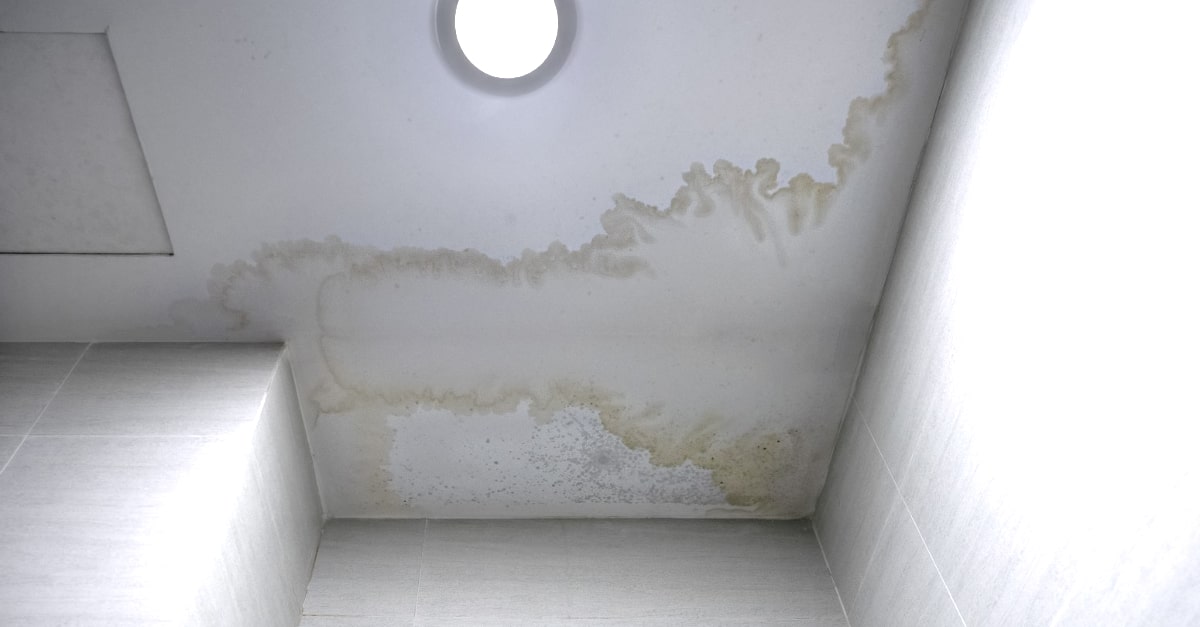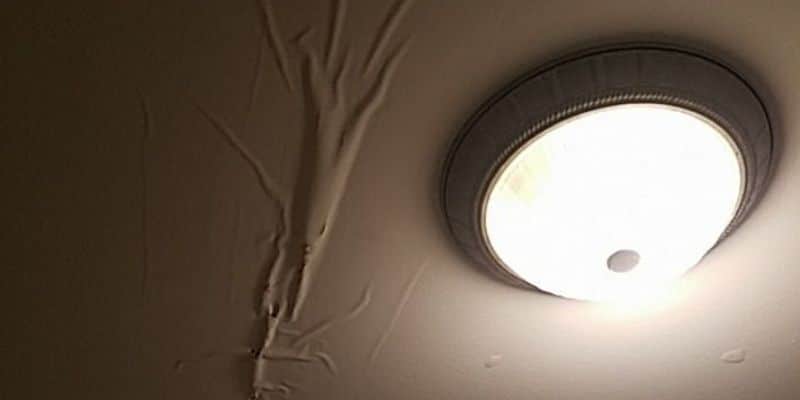Identify A Half-Dozen of The Commonest Triggers for Leakage Within Your Home
Identify A Half-Dozen of The Commonest Triggers for Leakage Within Your Home
Blog Article
They are making a few good points regarding Top Causes of Home Water Leaks in general in this post directly below.

Leaks not only cause waste of water yet can also cause unneeded damages to your house as well as promote undesirable organic growth. However, water leakages could go unnoticed because most of the pipework in our house is concealed. By looking and also recognizing for everyday situations that cause leakages, you can safeguard your home from future leakages as well as unneeded damage. Today, we will check out 6 leak creates that may be causing your pipelines to leak.
Trespassing roots
Most water leakages start outside your house instead of inside it. If you observe an unexpected reduction in water pressure, claim in your faucet, require time to go out and analyze your yard. You might discover damp patches or sinkholes in your lawn, and that may mean that tree roots are invading water lines triggering water to permeate out. You can have your plumber check for intrusion, particularly if you have trees or shrubs near your residential property.
Rusty water supply
This might be the reason of staining or warping on your water pipes. If our plumbing system is old, think about replacing the pipelines given that they are at a greater threat of rust than the newer versions.
Defective Pipe Joints
The point at which your pipes attach is frequently the weakest link in the waterline. Pipeline joints can degrade gradually, causing water leaks. Unfortunately, the majority of pipeline joints are not easily visible. If you have loud pipes that make ticking or banging sounds, especially when the warm water is activated, your pipeline joints are most likely under a lot of stress. It is suggested to have your plumber evaluate your system annually.
Instant temperature level adjustments.
Severe temperature modifications in our pipes can cause them to expand and also contract all of a sudden. This development and also tightening may create fractures in the pipelines, particularly if the temperature level are listed below cold.
Poor Water Connectors
At times, a leakage can be brought on by loosened hoses and also pipes that provide your home appliances. Typically, changing is what triggers the loose water Links. You may discover in the case of a washing equipment, a hose pipe may spring a leakage due to trembling during the spin cycle. In case of a water connections leakage, you may see water running straight from the supply line or puddles around your devices.
Clogged Drains
Blocked drains pipes could be frustrating as well as inconveniencing, however they can occasionally end up causing an overflow bring about rupture pipelines. Keep removing any kind of materials that might drop your drains that can obstruct them to prevent such inconveniences.
All the above are root causes of leakages but not all water leakages result from plumbing leakages; some leaks may originate from roof covering leaks. All leaks should be fixed instantly to stay clear of water damage.
Leakages not just create waste of water however can also cause unneeded damage to your home and advertise undesirable natural development. By recognizing as well as looking for daily situations that create leaks, you can shield your house from future leakages as well as unneeded damage. Today, we will certainly look at six leak creates that may be creating your pipes to leak.
At times, a leak can be created by loosened hose pipes and also pipes that supply your devices. In case of a water connections leakage, you might notice water running directly from the supply line or puddles around your home appliances.
How To Check For Water Leak In Your Home
How To Check for Leaks
The average household's leaks can account for nearly 10,000 gallons of water wasted every year and ten percent of homes have leaks that waste 90 gallons or more per day. Common types of leaks found in the home are worn toilet flappers, dripping faucets, and other leaking valves. These types of leaks are often easy to fix, requiring only a few tools and hardware that can pay for themselves in water savings. Fixing easily corrected household water leaks can save homeowners about 10 percent on their water bills.
To check for leaks in your home, you first need to determine whether you're wasting water and then identify the source of the leak. Here are some tips for finding leaks:
Take a look at your water usage during a colder month, such as January or February. If a family of four exceeds 12,000 gallons per month, there are serious leaks.
Check your water meter before and after a two-hour period when no water is being used. If the meter changes at all, you probably have a leak.
Identify toilet leaks by placing a drop of food coloring in the toilet tank. If any color shows up in the bowl after 10 minutes, you have a leak. (Be sure to flush immediately after the experiment to avoid staining the tank.)
Examine faucet gaskets and pipe fittings for any water on the outside of the pipe to check for surface leaks.
Undetected water leaks can happen without the home or business owner even realizing. If you suspect a water leak, but not able to find the source. It is time to contact a professional water leak detection service, The Leak Doctor.
How To Find a Water Leak In Your Home
https://www.leakdoctor.com/blog/How-To-Check-For-Water-Leak-In-Your-Home_AE197.html

I'm very focused on How to detect water leaks in your home and I hope you enjoyed reading the page. So long as you appreciated our blog entry kindly don't forget to share it. Thank you so much for your time invested reading it.
Secure efficient service. Report this page